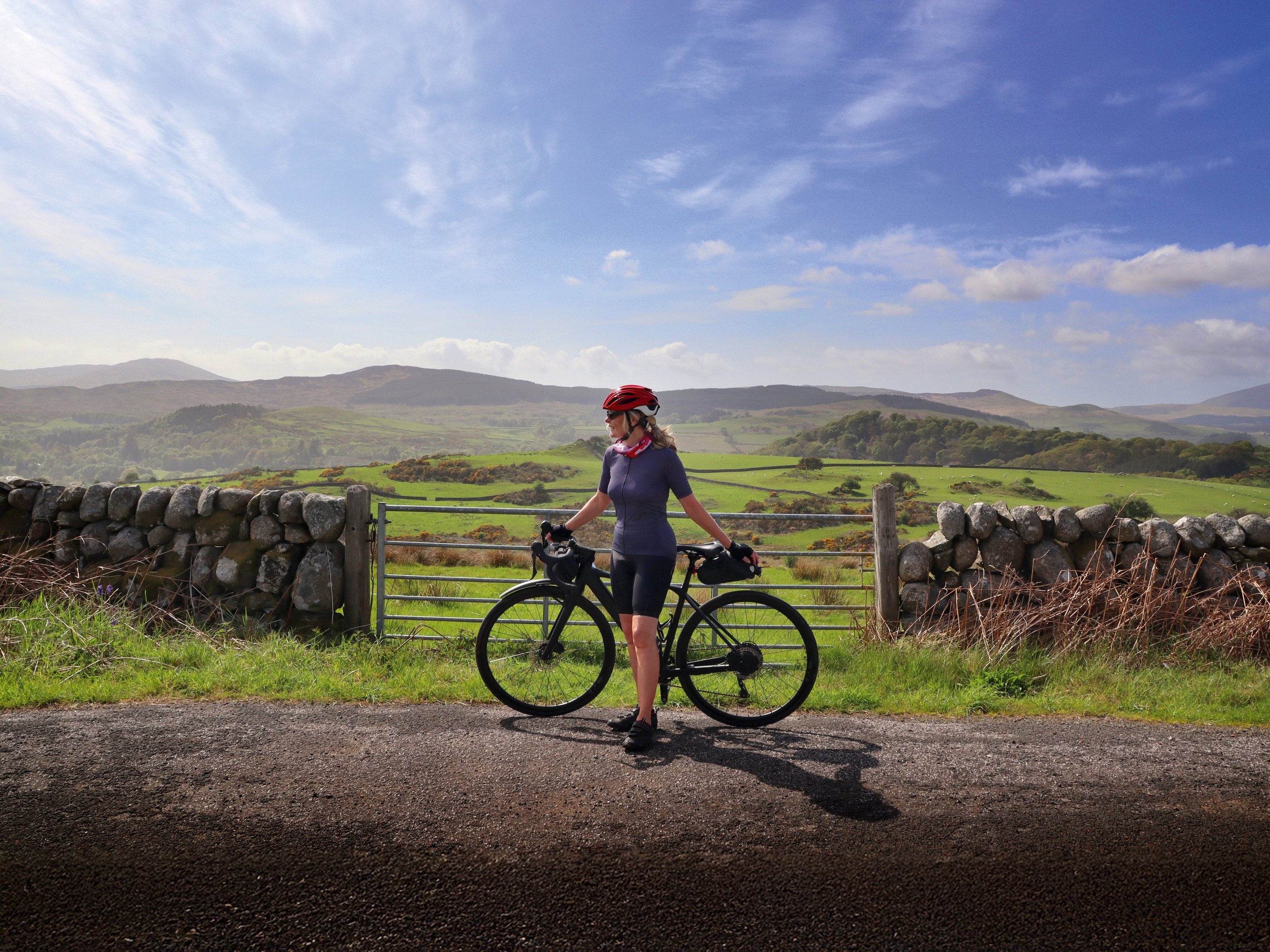Adventure in the Seychelles
Nature reserves protect over half of Seychelles’ 115 coral and granite islands—rewarding hikers, bikers, and underwater explorers with a rainbow of biodiversity.
Is this the Indian Ocean’s most adventurous natural playground? Few contenders can compete with Seychelles’ array of tropical flora and fauna in such a spectacular setting, over 50% of which is protected by national parks and marine reserves. With an outer halo of coral atolls, the islands at the heart of the archipelago are the world’s only mid-oceanic islands comprised of granitic rock, which blushes rose pink in the sun. Here you will find the endemic coco de mer palm, free-roaming giant tortoises, and a unique biodiversity of birdlife in mountain forests—whose lush green heights offer views of powdery white sands and sparkling turquoise waters. The far-flung outer islands, meanwhile, are pioneering terrain for liveaboard dive ships and eco-minded private island resorts near snorkel and scuba sites teeming with marine life. Undoubtedly wild, but also a haven of calm, the Seychelles is located outside the cyclone zone, and most of the islands escape the Indian Ocean’s ubiquitous cyclical battering. Your only challenge now is where to go first, so let’s start by looking at some of the highlights.

Bird is the word
From the Seychelles paradise-flycatcher to the Seychelles scops-owl, these islands are teeming with rare and endemic birdlife. An estimated 1.5 million sooty terns amass on Bird Island each spring, while the jungle-fringed summits of Aride are home to 10 breeding species of seabirds. Cousin Island offers sightings of brush warblers, Madagascar turtle-doves, and the recently re-introduced endangered Seychelles magpie-robin. Meanwhile the transfer of 59 Seychelles warblers from Cousin Island to Frégate, a private island, is another of the archipelago’s many conservation success stories.
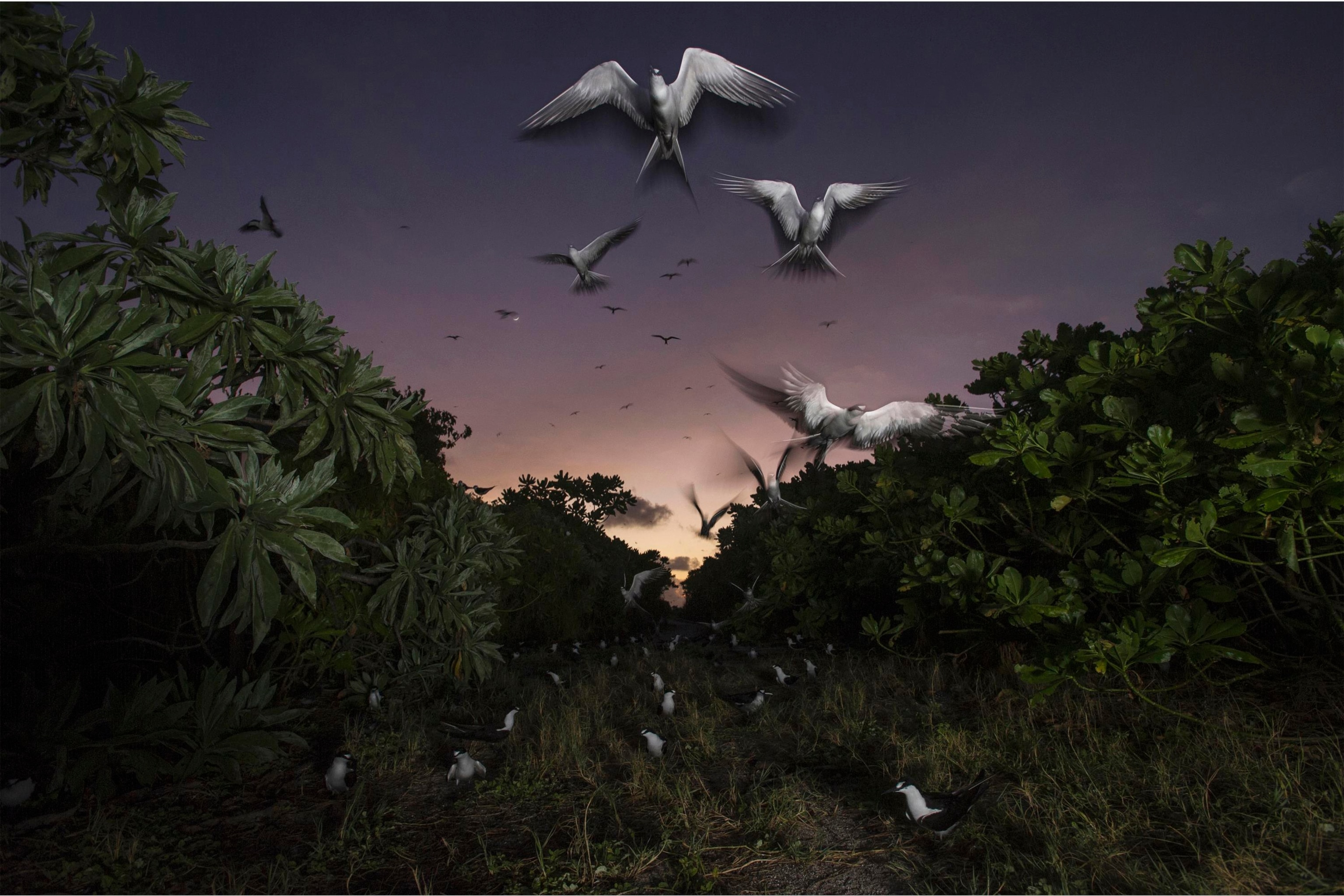
Hit the trail
Take a break from the beach and explore Seychelles’ lush green heartland.
The wonder of weird nature: Mahé might be the archipelago’s busiest island, but its numerous national park trails navigate dense forests, coastal mangroves, and the jagged spine of the archipelago’s largest island. Dawn hikes to high-altitude tropical forests reveal carnivorous pitcher plants, jellyfish trees, and tiny, endangered Sooglossus frogs.
Pristine island trails: The third largest island in the archipelago, Silhouette is entirely protected as a national park. Its steeply forested peaks rise above Indian Ocean blues, where views of palm-shaded beaches are found at every trail’s twist and turn. With only two places to stay, this is a desert island for active castaways.
Oceanic views: Praslin, with groves of palm, including endemic coco-de-mer at its heart, is a green-hearted island with epic ocean views. The three-hour trek to the viewpoint at Fond Ferdinand Nature Reserve rewards hikers with a pan-archipelago panorama taking in nine additional beach-fringed islands. Or trek north to Anse Lazio, a paradisiacal crescent of powder-white sand regularly touted as one of the world’s most beautiful best beaches.
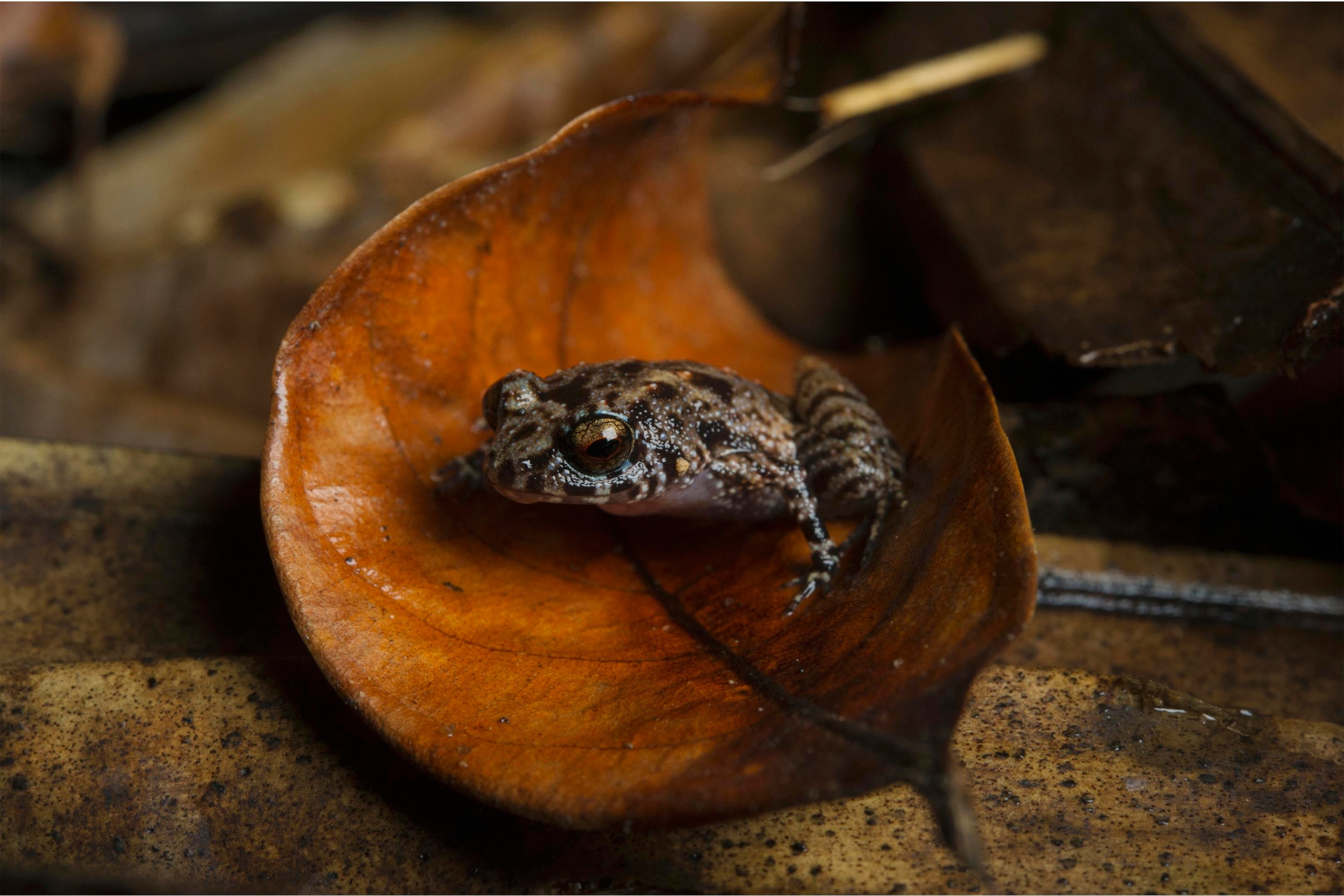
On your bike
Only a handful of cars are permitted on tiny La Digue: a boon for bikers who want to pedal to pristine bays to picnic on untouched sands. This is Seychelles at its most barefoot and laidback, where giant tortoises are often the only road traffic.

Tortoises & trees
One of the world’s largest land tortoises roams free on its namesake Aldabra Atoll, as well as on little Curieuse, an island sanctuary for these magnificent beasts who can live more than 150 years. A superlative spot for spectacular species, Curieuse is also home to the coco de mer palm whose supersize seed is the planet’s largest, weighing up to 25kg. Over on Praslin, the endangered palm’s only other remaining habitat, the Vallée de Mai Nature Reserve is on the UNESCO World Heritage List. Here trails navigate dense tropical forest that is home to the Seychelles black parrot. On the main island of Mahé, you’ll find the National Botanical Gardens, a cornerstone for the preservation of Seychelles flora since its founding in 1901. Its two-hectare expanse includes an incredible array of orchids, medicinal tree species used locally for centuries, and a fragrant arboreal education in Seychelles’ spice trading heritage.
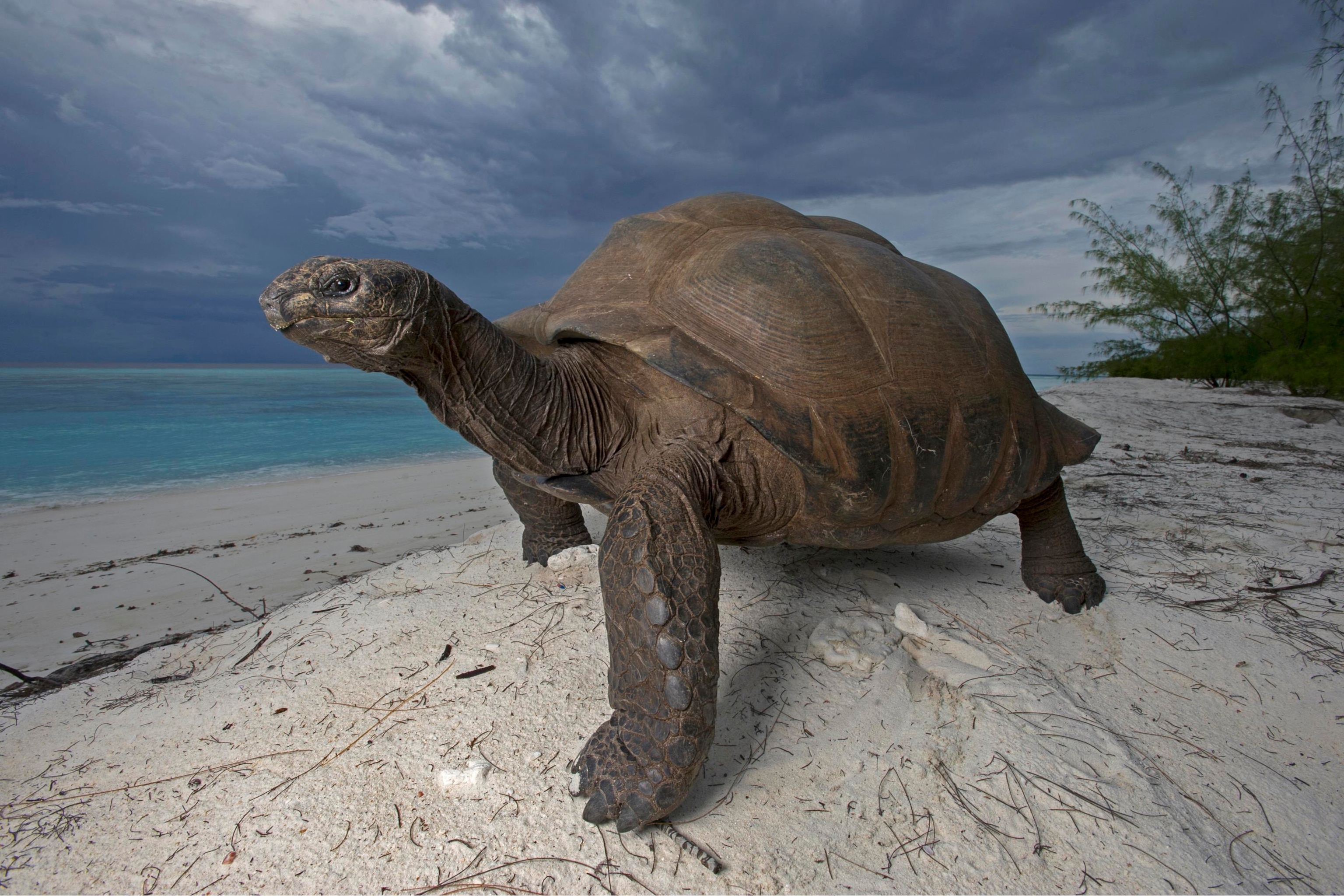
DIVE: 5 ways to explore underwater
Denis Private Island: Snorkel in a sea turtle sanctuary and go fishing at the edge of a continental ocean drop-off at this private island resort.
Marine Conservation Society Seychelles: This Mahé-based NGO is a superb resource with information about sea turtles, terrapins, and coral restoration. The organization also offers hands-on volunteer opportunities.
Beau Vallon Beach: If you haven’t the money to sail away on a liveaboard dive ship, this favored Mahé spot offers dives at local reefs and wrecks rich with marine species like eagle rays, reef sharks, and huge schools of yellow-striped snappers.
Alphonse Atoll: The expansive white-sand flats surrounding this island are one of the Indian Ocean’s top saltwater fly-fishing spots. You can reel in bonefish, milkfish, and a whacking eight species of trevally.
La Digue: The glass-clear waters around the tiny pink granite island are a prime place for snorkelers seeking gentle beach access into Seychelles’ Technicolor underwater world.
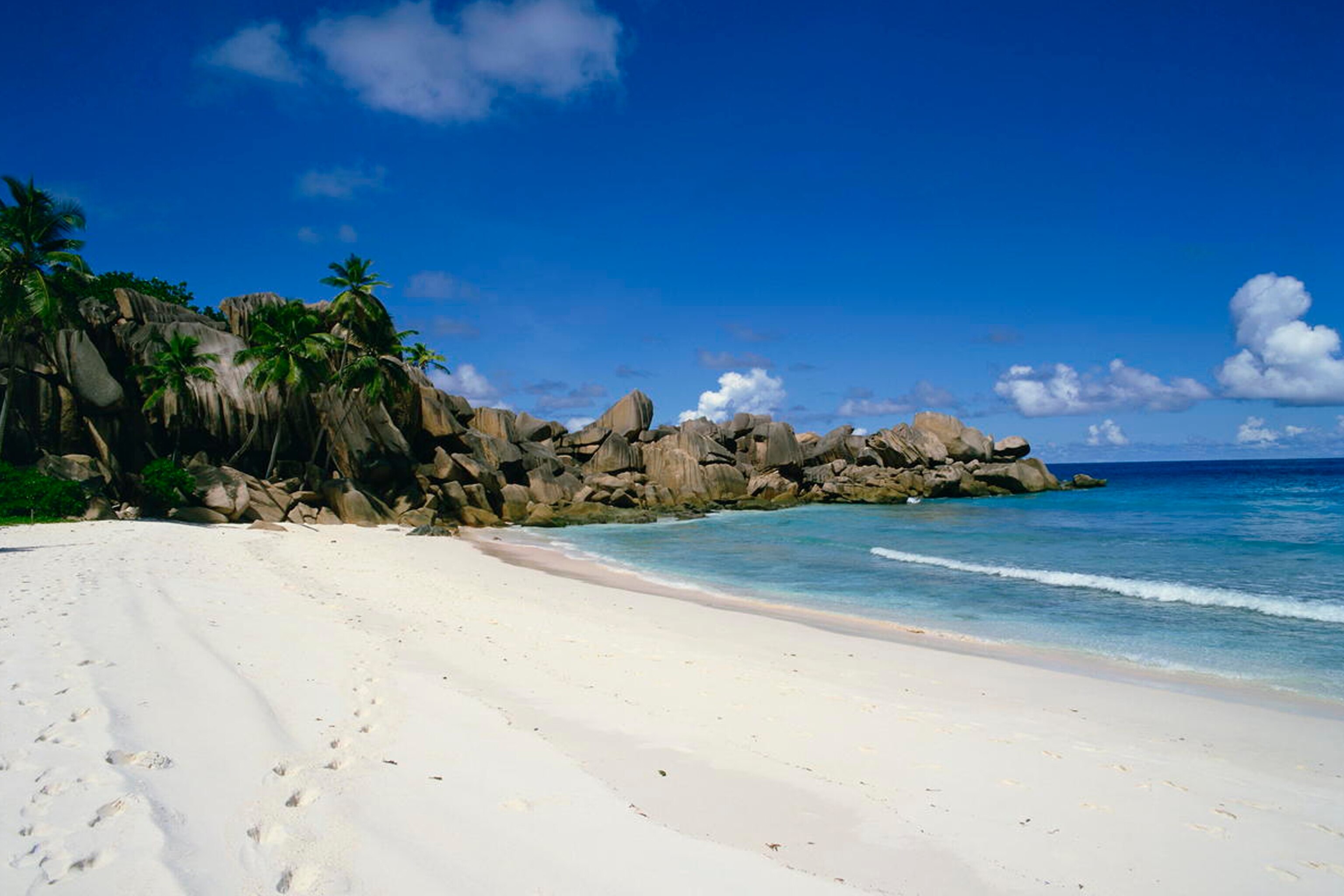
Pretty as a picture
Natural beauty is muse to a vibrant local art scene concentrated around Mahé and Praslin. Hot spots for art and sculpture lovers include the galleries of Michael Adams and Nigel Henri, along with the studios of Tom Bowers and Rita Morel.






